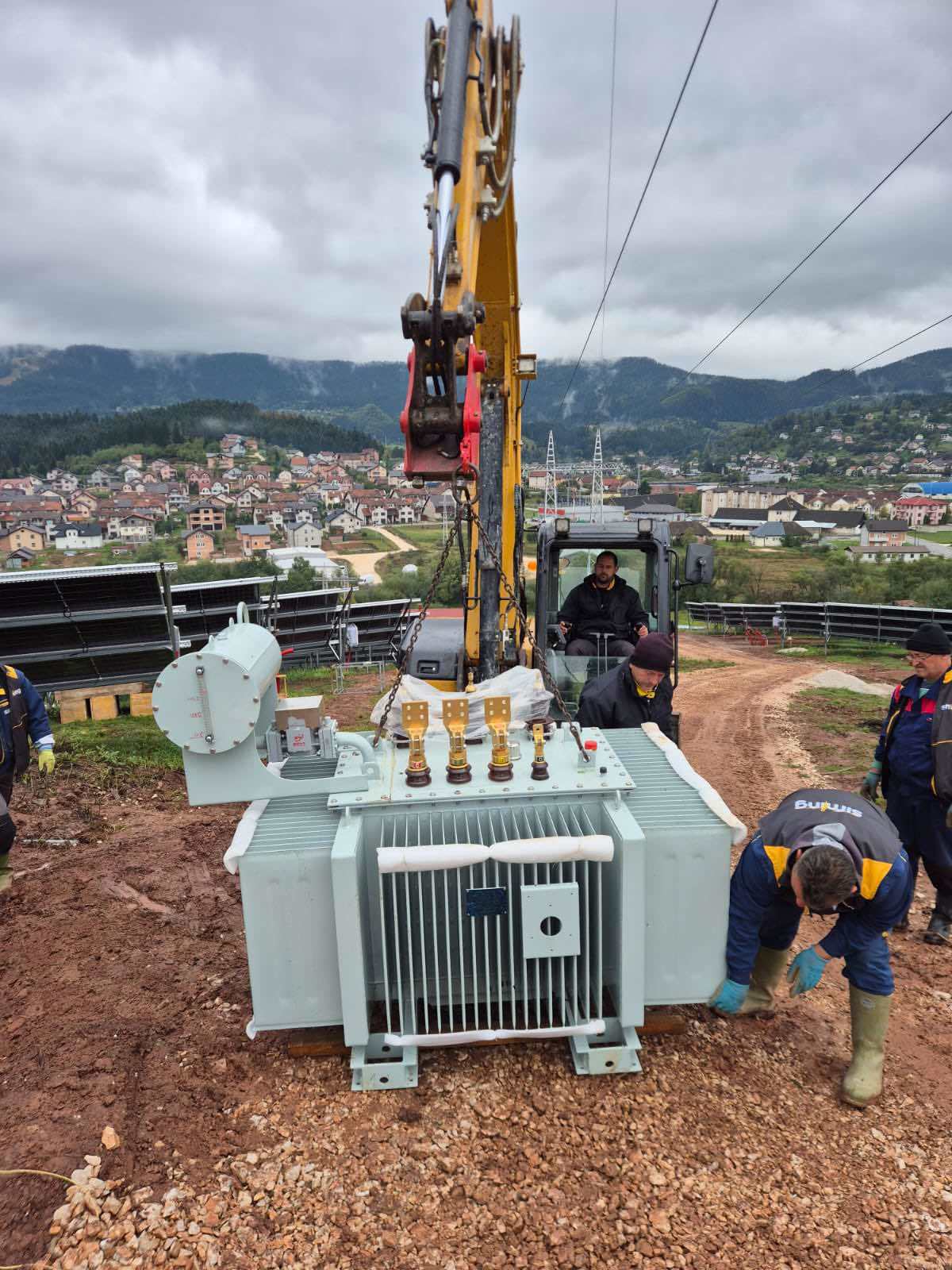Understanding High Voltage Dry Type Transformers: Key Insights for Electrical Applications
High voltage dry type transformers are critical components in electrical systems, particularly in industrial and commercial settings. Unlike their oil-filled counterparts, dry type transformers utilize air as the cooling medium, making them a safer and more environmentally friendly option. One of the key benefits of high voltage dry type transformers is their ability to operate in confined spaces
High voltage dry type transformers are critical components in electrical systems, particularly in industrial and commercial settings. Unlike their oil-filled counterparts, dry type transformers utilize air as the cooling medium, making them a safer and more environmentally friendly option. One of the key benefits of high voltage dry type transformers is their ability to operate in confined spaces without the risk of oil leaks, which is a significant concern in facilities that prioritize safety and environmental impact.
These transformers are constructed with solid insulation materials, allowing them to withstand high voltages while maintaining electrical integrity. This feature not only enhances their durability but also reduces the likelihood of electrical faults, making them a preferred choice for critical applications where reliability is paramount. High voltage dry type transformers are often employed in power distribution, manufacturing plants, and renewable energy installations, demonstrating their versatility across sectors.
Another advantage of high voltage dry type transformers is their low maintenance requirements. Because they do not rely on liquid insulation, they are less susceptible to degradation due to environmental factors, such as humidity and temperature fluctuations. This results in lower operational costs and improved lifespan, offering significant savings over time for businesses that rely on these systems.
When considering the installation of high voltage dry type transformers, it is essential to understand their operational environment. While they are generally suited for indoor applications, advancements in technology have led to the development of outdoor-rated models. These transformers can withstand harsh weather conditions, making them adaptable for various installation scenarios.
Safety is a paramount concern in the electrical industry, and high voltage dry type transformers are designed with this in mind. Their solid insulation and non-flammable materials minimize the risk of fire hazards, which is particularly important in facilities that handle flammable materials or operate in high-risk environments. Furthermore, the lack of hazardous materials makes these transformers compliant with various environmental regulations, supporting organizations in their sustainability goals.
In summary, high voltage dry type transformers represent a reliable, efficient, and safe choice for various electrical applications. Their advantages—including low maintenance, enhanced safety, and adaptability to different environments—make them a popular option among electrical engineers and facility managers. Understanding the features and benefits of these transformers can guide businesses in making informed decisions about their electrical infrastructure, ultimately contributing to improved energy management and operational efficiency.
These transformers are constructed with solid insulation materials, allowing them to withstand high voltages while maintaining electrical integrity. This feature not only enhances their durability but also reduces the likelihood of electrical faults, making them a preferred choice for critical applications where reliability is paramount. High voltage dry type transformers are often employed in power distribution, manufacturing plants, and renewable energy installations, demonstrating their versatility across sectors.
Another advantage of high voltage dry type transformers is their low maintenance requirements. Because they do not rely on liquid insulation, they are less susceptible to degradation due to environmental factors, such as humidity and temperature fluctuations. This results in lower operational costs and improved lifespan, offering significant savings over time for businesses that rely on these systems.
When considering the installation of high voltage dry type transformers, it is essential to understand their operational environment. While they are generally suited for indoor applications, advancements in technology have led to the development of outdoor-rated models. These transformers can withstand harsh weather conditions, making them adaptable for various installation scenarios.
Safety is a paramount concern in the electrical industry, and high voltage dry type transformers are designed with this in mind. Their solid insulation and non-flammable materials minimize the risk of fire hazards, which is particularly important in facilities that handle flammable materials or operate in high-risk environments. Furthermore, the lack of hazardous materials makes these transformers compliant with various environmental regulations, supporting organizations in their sustainability goals.
In summary, high voltage dry type transformers represent a reliable, efficient, and safe choice for various electrical applications. Their advantages—including low maintenance, enhanced safety, and adaptability to different environments—make them a popular option among electrical engineers and facility managers. Understanding the features and benefits of these transformers can guide businesses in making informed decisions about their electrical infrastructure, ultimately contributing to improved energy management and operational efficiency.
Key words:
Previous:
Recommended
Understanding High Voltage Dry Type Transformers: Key Insights for Electrical Applications
High voltage dry type transformers are critical components in electrical systems, particularly in industrial and commercial settings. Unlike their oil-filled counterparts, dry type transformers utilize air as the cooling medium, making them a safer and more environmentally friendly option. One of the key benefits of high voltage dry type transformers is their ability to operate in confined spaces







